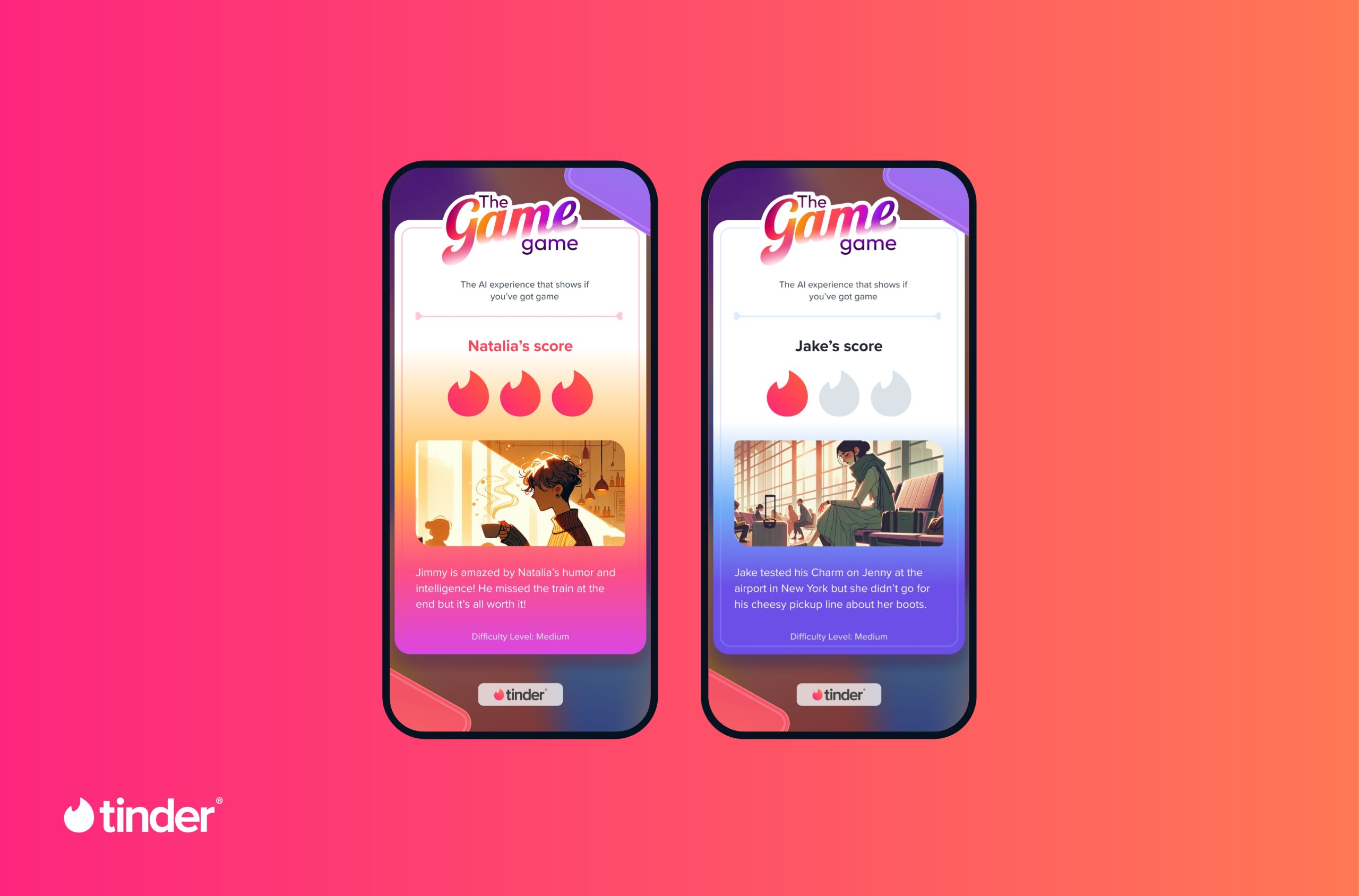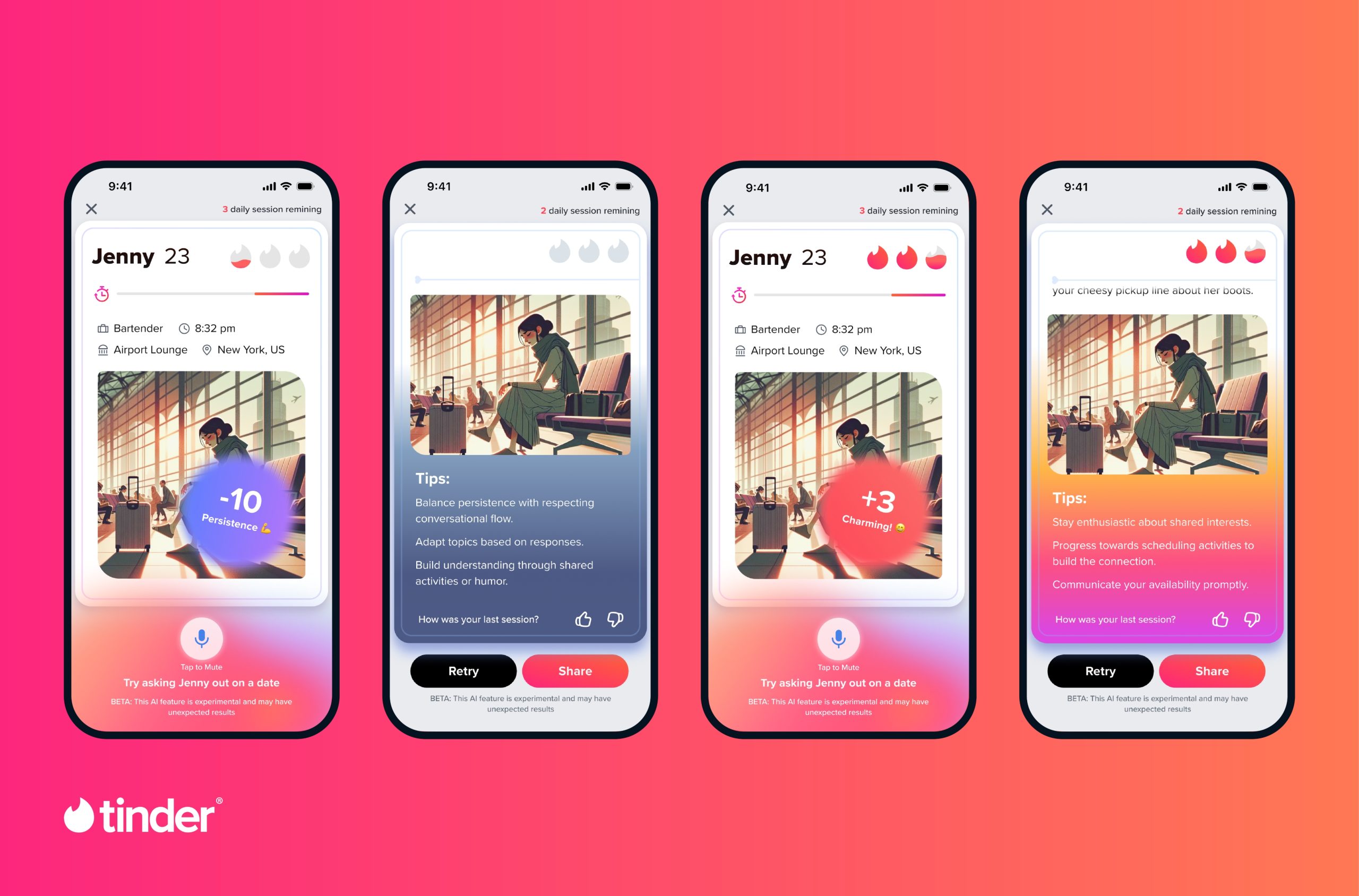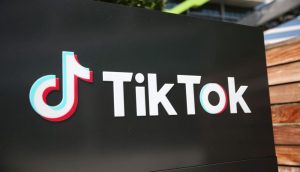 The digital marketing landscape is undergoing a rapid transformation, with brands adopting advanced technologies like OpenAI to innovate beyond traditional advertising and maintain a competitive edge. Amidst this evolution, Tinder has just rolled out an AI-powered chat experience designed to help users prepare for dates.
The digital marketing landscape is undergoing a rapid transformation, with brands adopting advanced technologies like OpenAI to innovate beyond traditional advertising and maintain a competitive edge. Amidst this evolution, Tinder has just rolled out an AI-powered chat experience designed to help users prepare for dates.
The new offering, “The Game Game,” is powered by OpenAI technology that helps generate playful scenarios, interpret user responses into scores and create shareable summaries, all while respecting Tinder’s security guidelines through real-time voice-based interactions.
Users may get to the new experience by tapping the logo in the top left corner of the main screen. They then select a scenario with an AI character built based on their discovery settings (age and gender) for the person of interest. Each character has a distinct storyline, and users can try again for fresh challenges. The AI initiates the conversation, and people answer verbally, hoping to secure a date. The AI offers real-time feedback and suggestions to help users improve, and at the end of the session, they are given a score and individualized comments on their performance.
Hillary Paine, Tinder‘s VP of product, growth and revenue, tells MiC that the company has leveraged AI and machine learning since 2018 to enhance recommendations, but recent advances in deep learning and generative AI have opened up new possibilities for personalized and intuitive dating experiences, while also improving security.
“In the midst of this, OpenAI’s 2024 spring update caught our attention in a big way,” she says. “Their advancements, especially GPT-4o’s voice capabilities, marked a huge leap in AI-driven conversations as it sounded more natural than anything before. That’s when we saw the potential for voice interactions to add a new dimension to dating.”

“The Game Game” marks a milestone for Tinder since it is the first time the company has applied real-time voice technology in a fully consumer-facing interactive experience. It’s also the first time the social network has used voice as the primary method for practicing real-time communication. And according to Paine, it’s different from Tinder’s previous AI initiatives, as it combines voice recognition, emotional nuances and role-playing to help users gain confidence in a low-pressure way.
She says that the feature is meant to be a low-risk, playful space for users to experiment with communication styles, rather than a blueprint for how to flirt IRL. “It serves as a proof of concept for what voice AI could unlock in the future of dating, showing how technology can support authenticity, not replace it,” she says, adding that a scientific advisor also encouraged them to incorporate emotionally intelligent characters and real-world social psychology frameworks to make conversations feel more natural and relatable.
That aspect was key in the development of the tool as Tinder’s research has revealed that Gen Z highly values authenticity, both in the way they express themselves and in what they are looking for from potential matches. The social network’s “Future of Dating Report” also found that 64% of young singles don’t mind a little embarrassment if it leads to a real connection. Other studies, along with scientific advice, have shown that the demo is one of the most socially anxious and desires more relaxed, unpressured ways of relating.
AI is already a major component of Tinder, with features like AYS, DTBY and Photo Selector. The company has also used AI, specifically ChatGPT, to improve code, design, analytics, template creation, personalization and security. Internally, it has been working with OpenAI for the past year to assist staff with work-related tasks. However, the team continues to explore other ways to improve its offering.
“AI is an important part of Tinder‘s future, and we’ve been exploring an AI-powered discovery feature to create a more personalized experience, helping users match with others who share their intentions and relationship goals,” Paine says. “While our focus now is on improving profiles, recommendations, and safety, we’re always looking at how AI can make dating even better.”






















